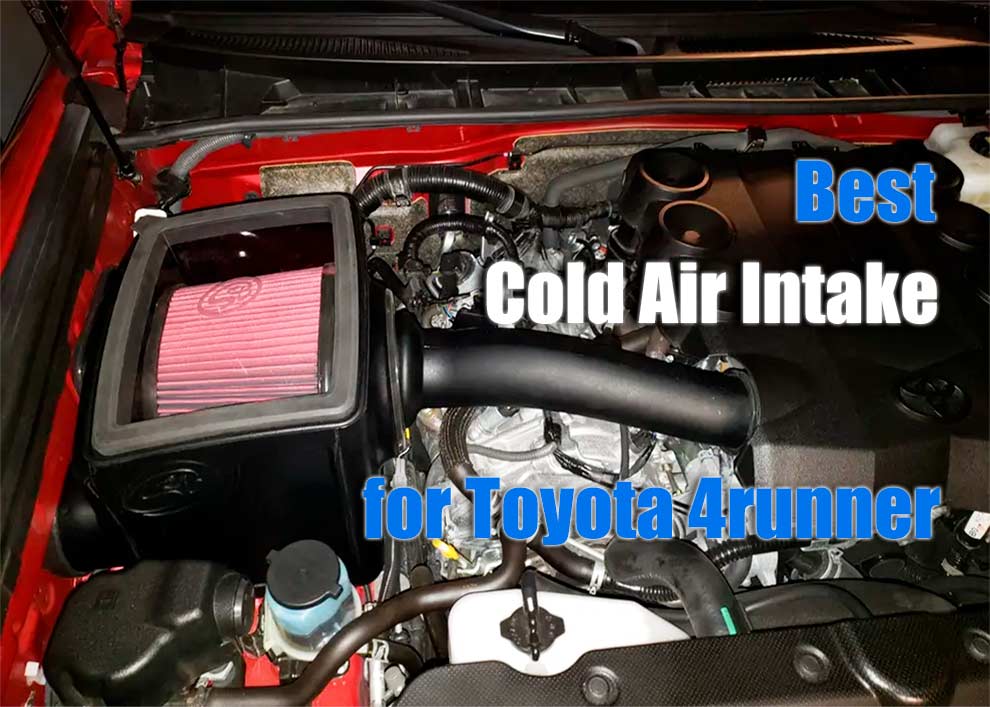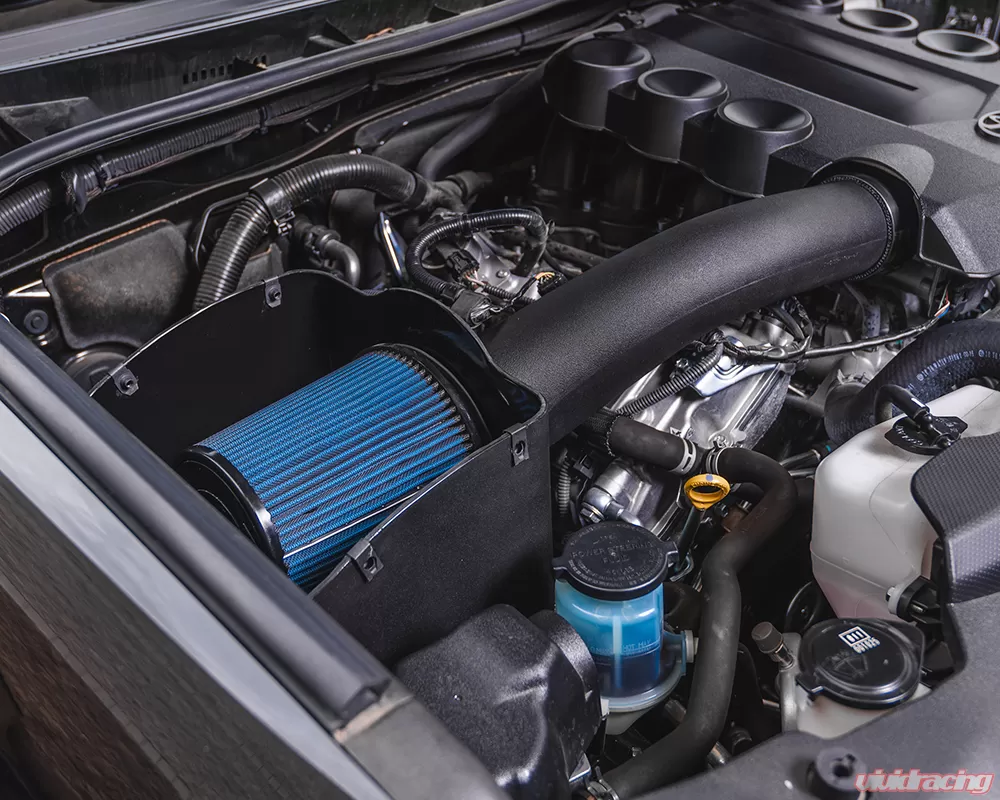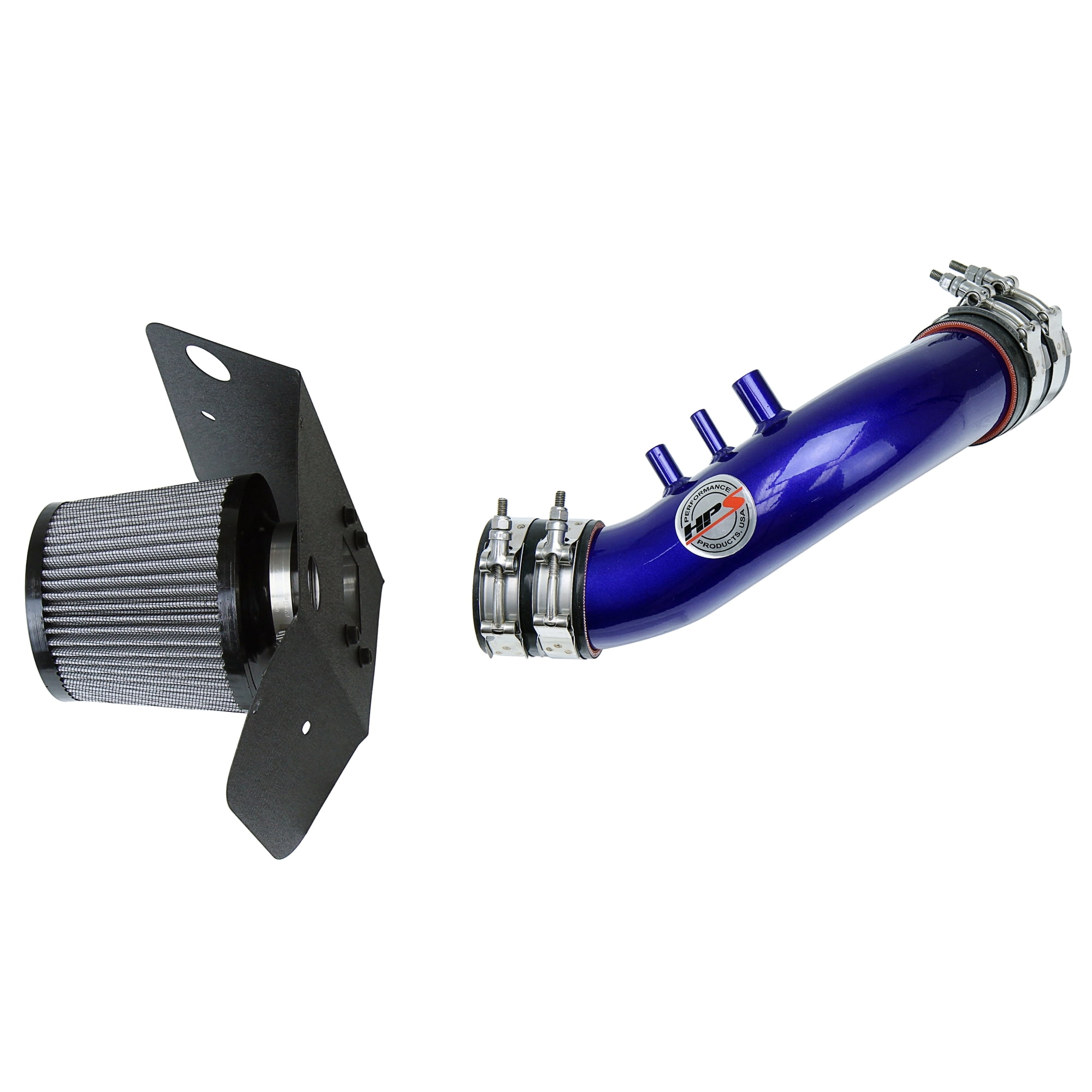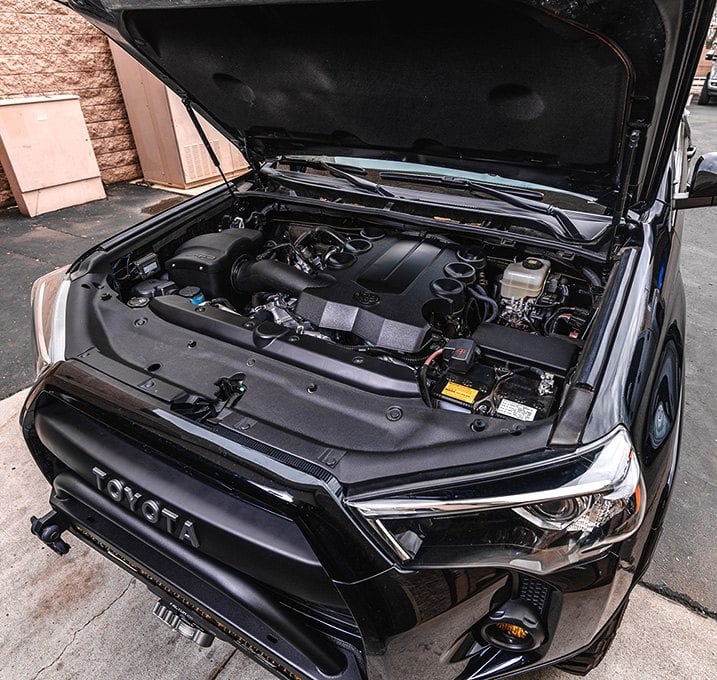Enhancing Performance And Efficiency: A Comprehensive Guide To 2025 Toyota 4Runner Cold Air Intake Systems
Enhancing Performance and Efficiency: A Comprehensive Guide to 2025 Toyota 4Runner Cold Air Intake Systems
Related Articles: Enhancing Performance and Efficiency: A Comprehensive Guide to 2025 Toyota 4Runner Cold Air Intake Systems
Introduction
With enthusiasm, let’s navigate through the intriguing topic related to Enhancing Performance and Efficiency: A Comprehensive Guide to 2025 Toyota 4Runner Cold Air Intake Systems. Let’s weave interesting information and offer fresh perspectives to the readers.
Table of Content
Enhancing Performance and Efficiency: A Comprehensive Guide to 2025 Toyota 4Runner Cold Air Intake Systems

The 2025 Toyota 4Runner, a vehicle renowned for its rugged capability and off-road prowess, can benefit significantly from a well-designed cold air intake system. This upgrade, while seemingly minor, can significantly impact the engine’s performance, fuel efficiency, and overall driving experience. This comprehensive guide delves into the intricacies of cold air intake systems, exploring their benefits, considerations, and installation processes.
Understanding the Fundamentals: Cold Air Intake Systems Explained
A cold air intake system fundamentally modifies the pathway through which air enters the engine. Unlike the stock air intake, which typically draws air from the engine bay, a cold air intake system draws cooler, denser air from a more isolated location, often the front of the vehicle. This cooler air, due to its higher density, contains more oxygen molecules, enabling the engine to burn fuel more efficiently, resulting in increased horsepower and torque.
Key Benefits of Cold Air Intake Systems:
- Enhanced Performance: By providing the engine with cooler, denser air, cold air intake systems allow for more efficient combustion, resulting in increased horsepower and torque, translating to a noticeable improvement in acceleration and overall driving responsiveness.
- Improved Fuel Efficiency: The increased efficiency of combustion, facilitated by the cooler air, translates to better fuel economy. This benefit becomes particularly noticeable during extended highway driving or off-roading, where the engine operates at higher loads.
- Enhanced Engine Sound: Many cold air intake systems incorporate a larger air filter and a more direct air path, leading to a more pronounced and throaty engine sound, enhancing the overall driving experience.
- Potential for Customization: Cold air intake systems are available in various styles and configurations, allowing for customization to match individual preferences and vehicle aesthetics.
Considerations When Choosing a Cold Air Intake System:
- Vehicle Compatibility: It is crucial to select a cold air intake system specifically designed for the 2025 Toyota 4Runner. Compatibility ensures proper fitment, optimal performance, and avoids potential issues with the engine’s electronic control unit (ECU).
- Air Filter Quality: The air filter is a critical component of any cold air intake system. Opting for a high-quality filter, such as one with a washable and reusable design, ensures optimal airflow and engine protection against harmful contaminants.
- Installation Complexity: While some cold air intake systems offer relatively straightforward installation, others may require more specialized knowledge and tools. It is essential to assess the installation complexity before purchasing and consider seeking professional assistance if necessary.
- Noise Level: Some cold air intake systems produce a more pronounced engine sound, which may be desirable for some drivers but potentially unwelcome for others. Carefully consider the noise level before making a purchase.
Installation Process: A Step-by-Step Guide
Installing a cold air intake system typically involves the following steps:
- Preparation: Gather all necessary tools, including a socket wrench set, screwdrivers, and a torque wrench. Ensure the vehicle is parked on a level surface and the engine is cool.
- Removal of Stock Air Intake: Disconnect the battery terminal to prevent any electrical hazards. Locate the stock air intake system and carefully remove it, disconnecting all hoses and electrical connections.
- Installation of New Air Intake: Install the new cold air intake system, ensuring all hoses and electrical connections are properly secured. Pay attention to the air filter placement and ensure it is properly seated.
- Final Checks: Reconnect the battery terminal and start the engine. Listen for any unusual noises or leaks. Double-check all connections and tighten any loose fasteners.
FAQs: Addressing Common Questions About Cold Air Intake Systems
Q: Will a cold air intake system void my vehicle’s warranty?
A: Installing a cold air intake system may potentially void the vehicle’s warranty, depending on the specific terms and conditions of the warranty. It is advisable to consult with the vehicle manufacturer or a qualified mechanic to understand the potential implications.
Q: Is a cold air intake system legal in my area?
A: Some jurisdictions have regulations regarding vehicle modifications, including cold air intake systems. It is essential to research and comply with local laws and regulations before making any modifications to your vehicle.
Q: How often should I replace the air filter in my cold air intake system?
A: The frequency of air filter replacement depends on the specific filter type and driving conditions. A washable and reusable air filter typically requires cleaning every 10,000-15,000 miles, while a disposable filter may need replacement every 5,000-10,000 miles.
Q: Can a cold air intake system cause any negative effects?
A: While cold air intake systems generally offer benefits, they can potentially lead to issues if not properly installed or if incompatible with the vehicle. Potential negative effects include increased noise, decreased fuel economy, or damage to the engine if the air filter is not properly maintained.
Tips for Maximizing Cold Air Intake System Performance:
- Regular Air Filter Maintenance: Ensure the air filter is cleaned or replaced regularly to maintain optimal airflow and engine performance.
- Proper Installation: Install the cold air intake system correctly to avoid leaks and ensure proper airflow.
- Avoid Extreme Environments: Avoid exposing the cold air intake system to extreme temperatures or harsh weather conditions, as this can affect performance and potentially damage the system.
- Consider Professional Installation: If you are unsure about the installation process or lack the necessary tools and expertise, consider seeking professional assistance from a qualified mechanic.
Conclusion: Empowering Performance and Efficiency
A cold air intake system can be a valuable upgrade for the 2025 Toyota 4Runner, enhancing performance, fuel efficiency, and driving enjoyment. By carefully considering the factors discussed in this guide, owners can make informed decisions about selecting and installing a cold air intake system that meets their specific needs and preferences. While not a guaranteed solution for every driver, a well-chosen and properly installed cold air intake system can offer a noticeable improvement in the overall driving experience, empowering the 4Runner’s capability and efficiency.








Closure
Thus, we hope this article has provided valuable insights into Enhancing Performance and Efficiency: A Comprehensive Guide to 2025 Toyota 4Runner Cold Air Intake Systems. We appreciate your attention to our article. See you in our next article!